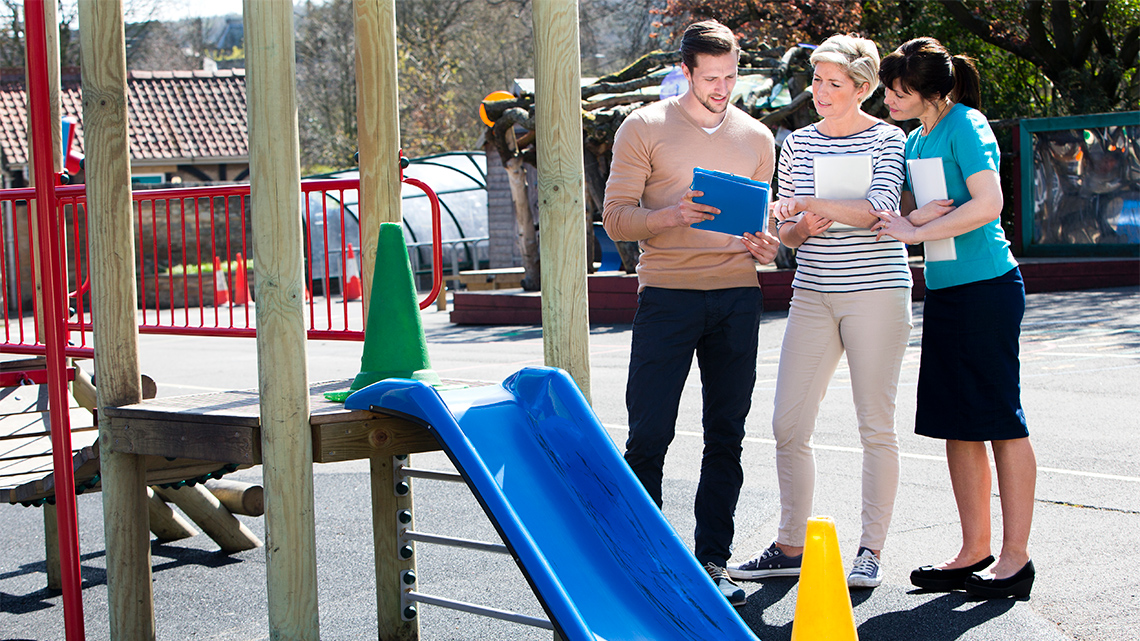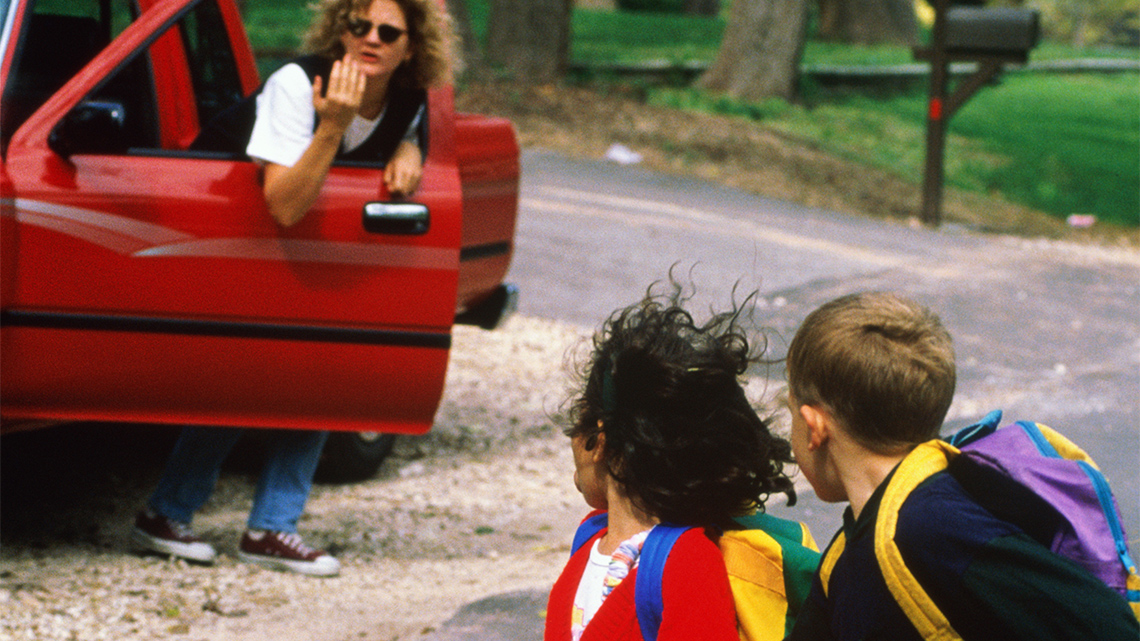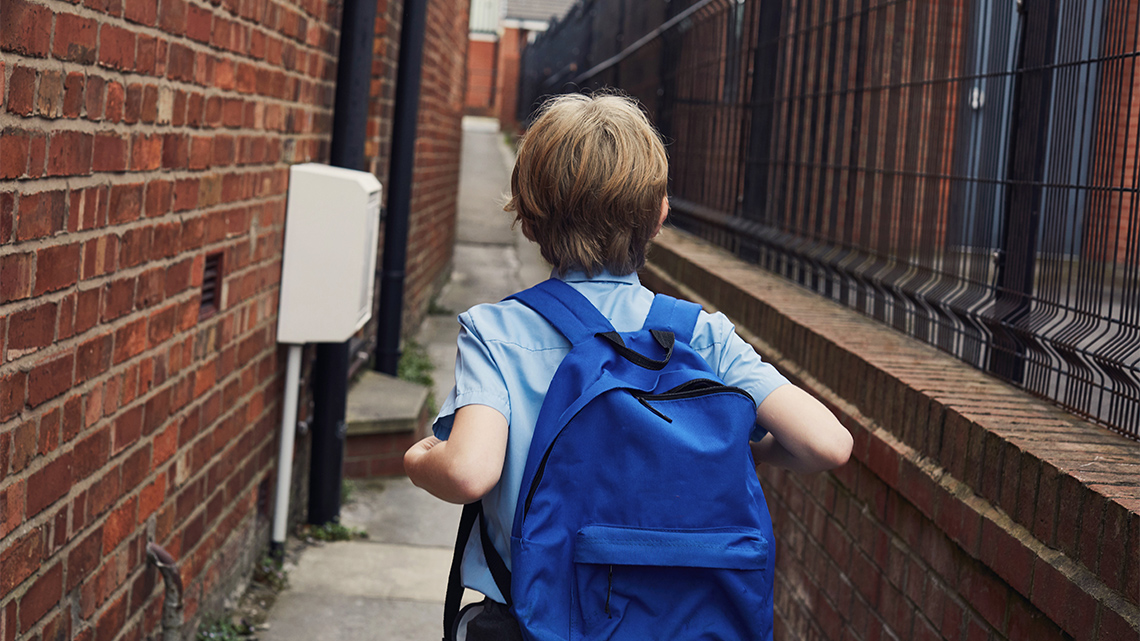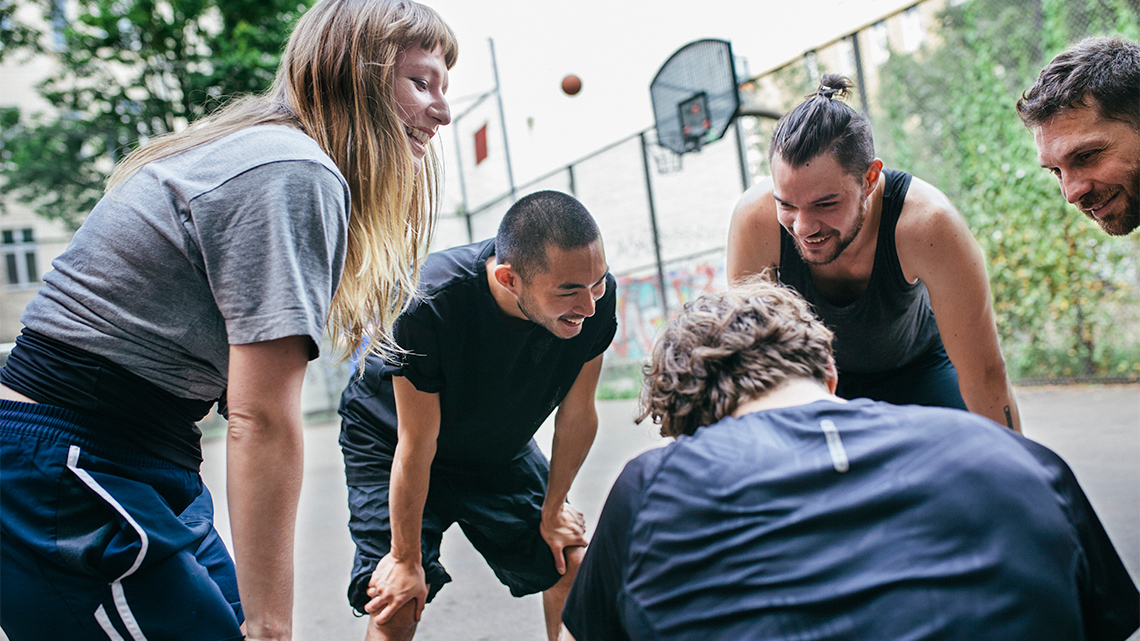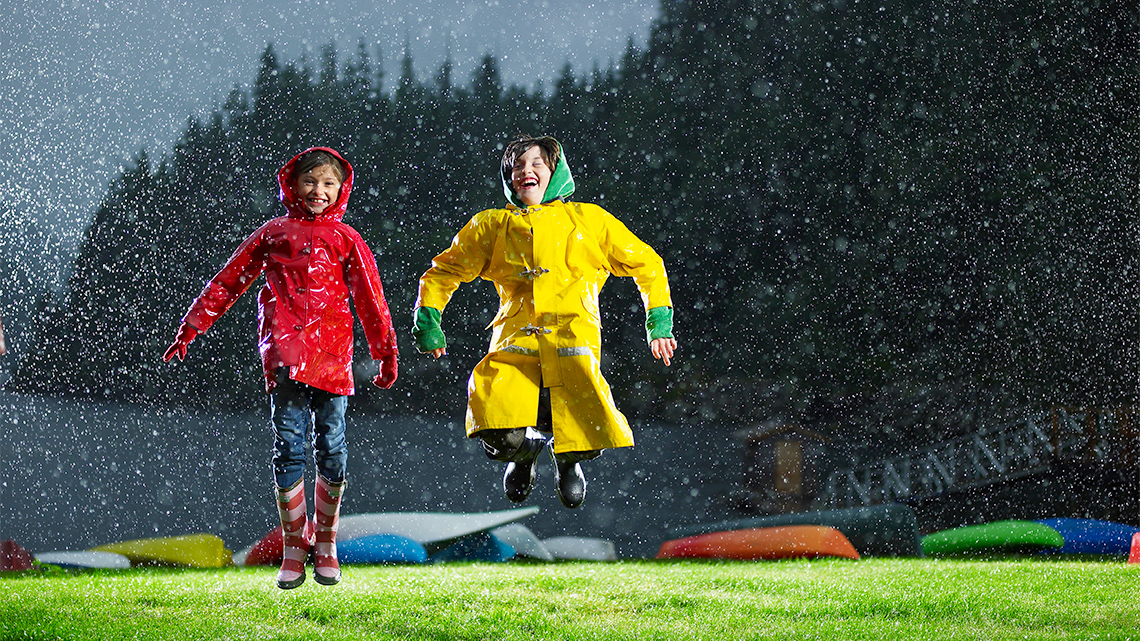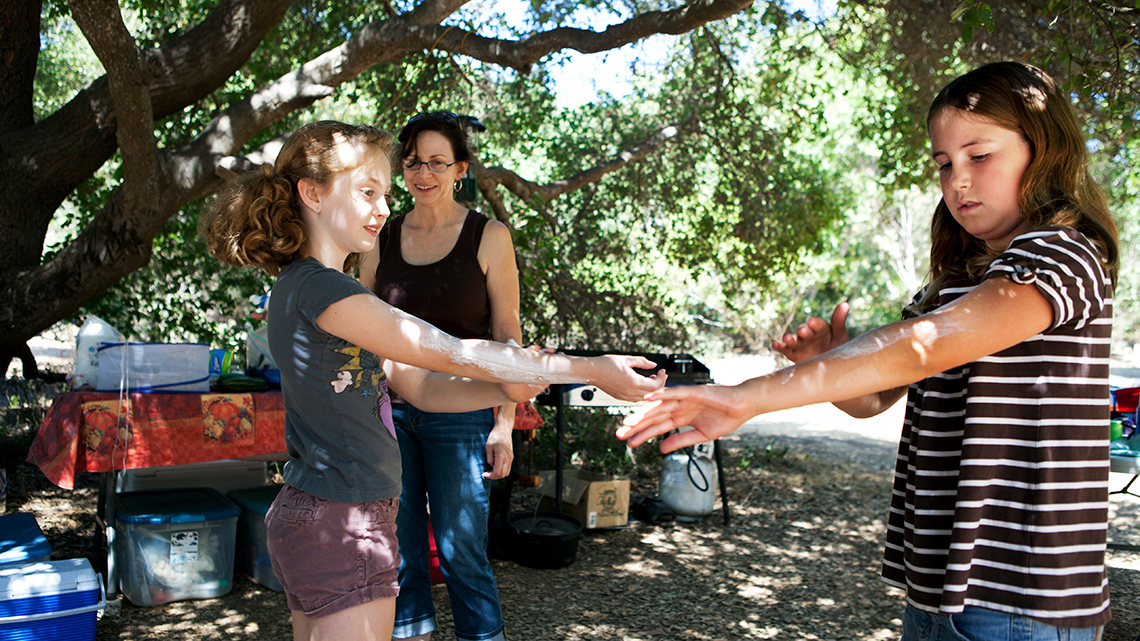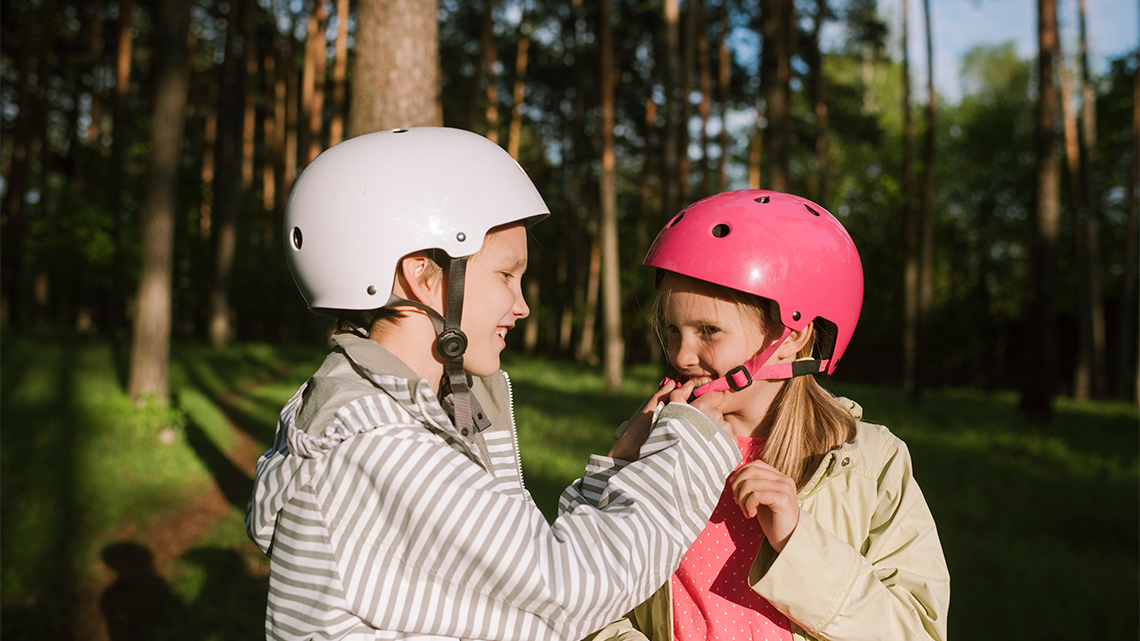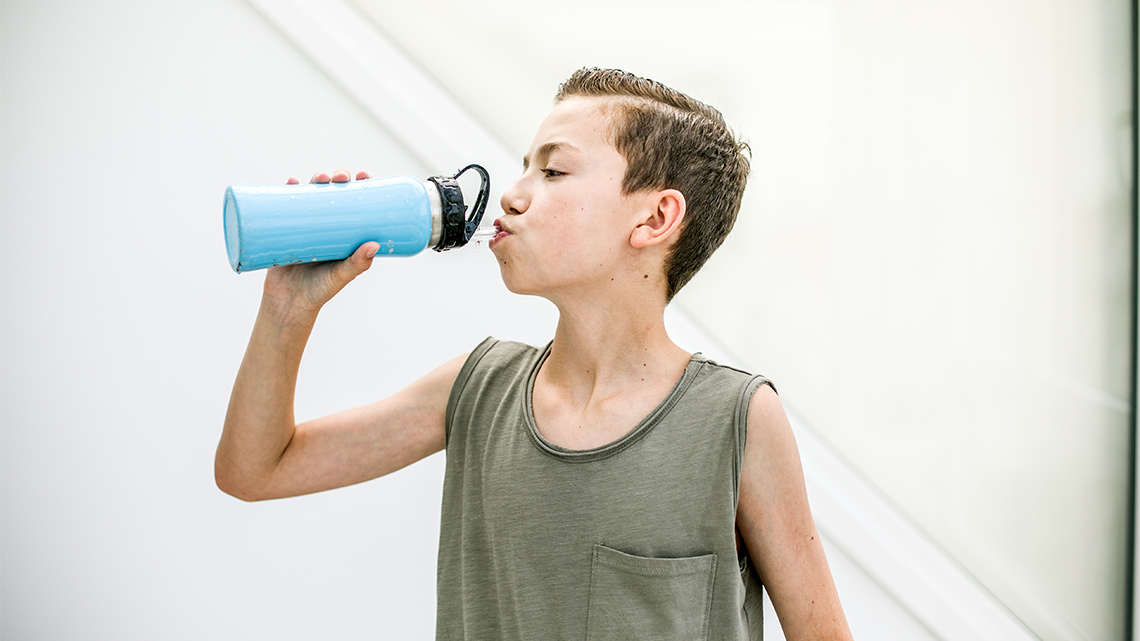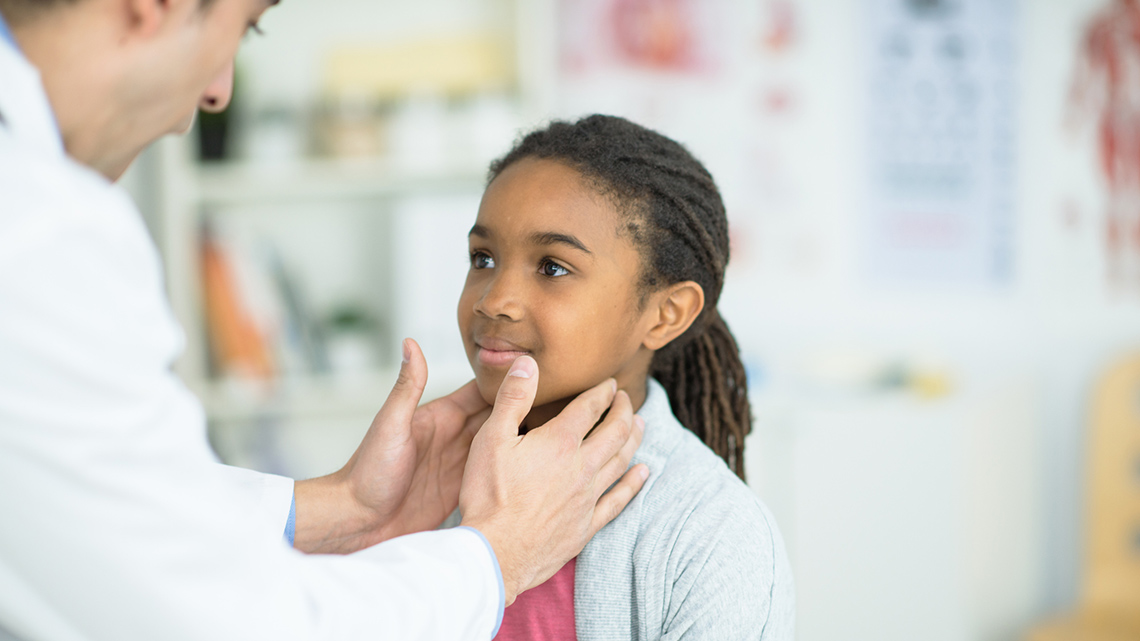Minds On
Safety first!
It is always good to go outdoors and be physically active. Nothing beats a beautiful day where you can absorb the benefits of Vitamin D from the sunlight.
However, before we go out, there are some things that we need to be sure that we do in order to remain safe.
Explore the following images and consider what safe behaviour each image is trying to represent.
What were some behaviours that increased safety? What were some behaviours that could be changed to be more safe?
Let’s consider some other behaviours that make you more safe when you’re physically active outside! Examine the following carousel of images and think about how each person’s behaviour is making them more safe.
Why is it important to our bodies that we practice safe habits while outdoors?
What are some of the risks if we ignore safe habits?
When you are ready, record your answer in a method of your choice.
Action
Water, water, everywhere!
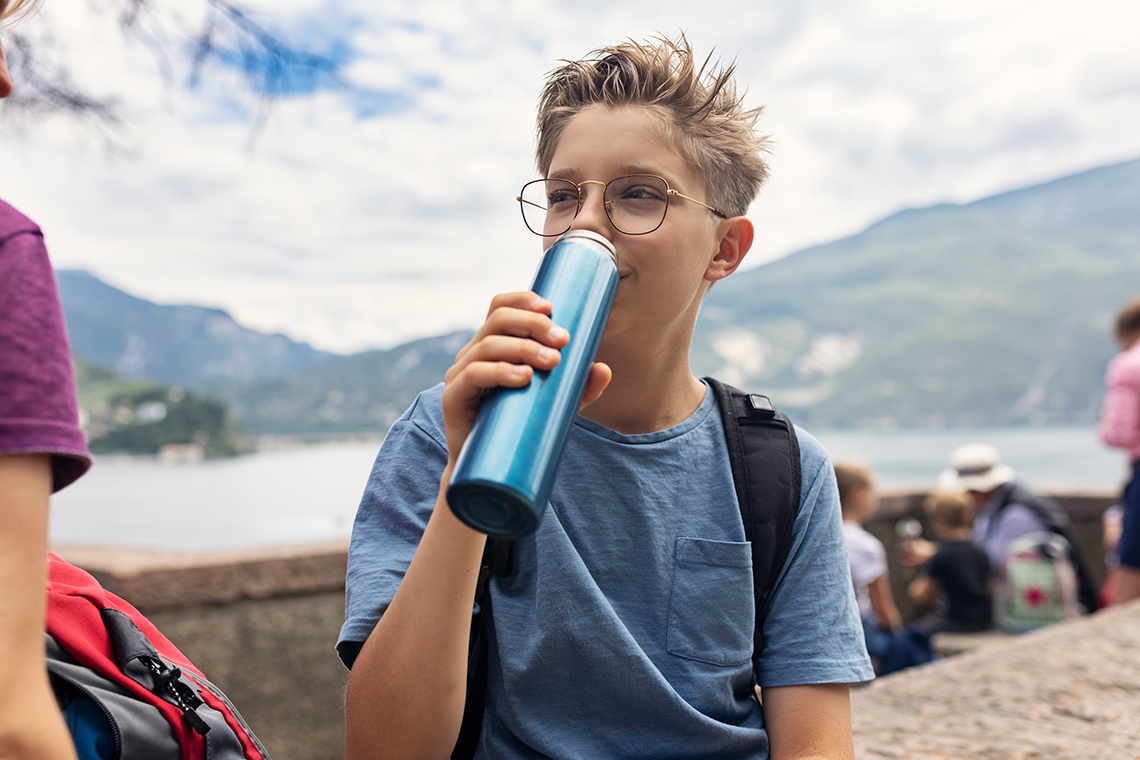
One of the most important things you should consider when participating in physical activity outdoors is always remaining hydrated.
When you are outside, and it is hot, and you’ve been sweating, you get thirsty.
Why do you get thirsty?
Thirst is a major sign of dehydration, which means that your body does not have enough water in it to keep it working right.
Most of the human body is made up of water, with an average of close to 60%. The amount of water in the body changes slightly with hydration levels. A person gets water by drinking liquids and eating.
You lose water when you sweat, go to the washroom and urinate, have diarrhea, or throw up. You even lose water when you are outdoors in the heat.
Your body needs water to work properly. If you do not replace the water your body has lost through heat, activity or sweat, you might start to feel sick. And if you go too long without the water you need, you can become seriously ill and need to go to the hospital.
How do you know if you are dehydrated? What are some signs of dehydration? Being thirsty is a major cue your body gives.
Some other signs that a person might be dehydrated include:
- feeling lightheaded, dizzy, or tired
- rapid heartbeat
- dry lips and mouth
- peeing very little (less than 4 times per day)
- headache
Check out the following images to learn more about signs of dehydration.
Another sign of dehydration is not urinating as much or having dark or strong-smelling urine
When you are healthy and hydrated, your urine should fall somewhere between colourless and the colour of light straw and honey.
Consolidation
Sharing your knowledge
You are going to educate your classmates or family members on proper hydration.
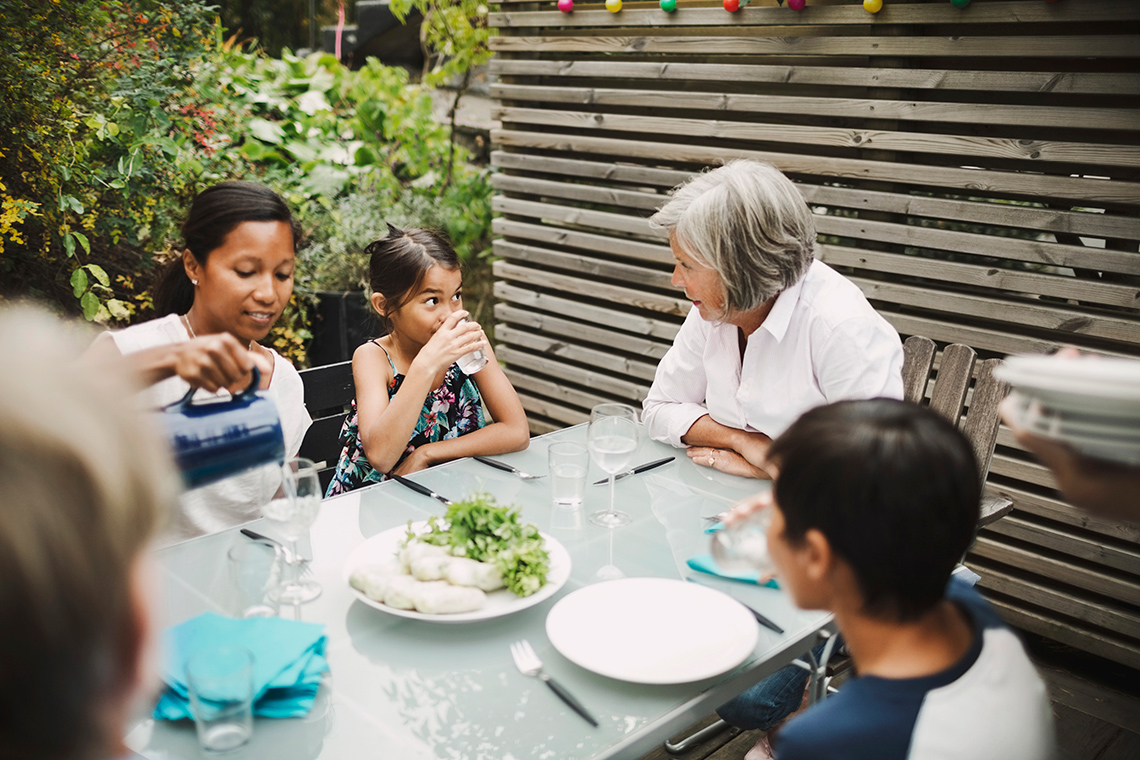
Share your knowledge about hydration and dehydration by creating an informative piece. You can create a poster, record a song, or use any creative communication method of your choice.
Use the following checklist to ensure that you have included all the necessary information for your creative piece.
My information piece has included:
If possible, share your communication piece with someone.
Reflection
As you read through these descriptions, which sentence best describes how you are feeling about your understanding of this learning activity? Press the button that is beside this sentence.
I feel…
Now, record your ideas using a voice recorder, speech-to-text, or writing tool.
